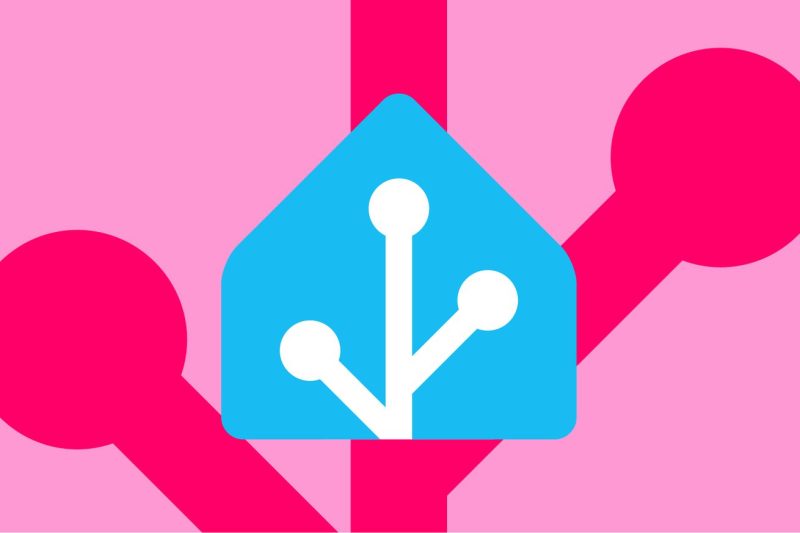Smart home technology has revolutionized the way we live, offering convenience, efficiency, and security to homeowners. There are many smart home platforms available on the market, each offering its unique features and capabilities. However, one platform stands out for its simplicity and effectiveness – HomeAssistant.
HomeAssistant is a little-known gem in the world of smart home platforms but has been gaining popularity among tech-savvy users and home automation enthusiasts. What sets HomeAssistant apart is its open-source nature and the extensive customization options it offers. Unlike proprietary platforms, HomeAssistant gives users full control over their smart home setup, allowing endless possibilities for integration and automation.
With HomeAssistant, users can connect and control a wide range of smart devices from different manufacturers, making it truly versatile. From smart lights and thermostats to security cameras and door locks, HomeAssistant supports a diverse range of devices, ensuring compatibility and seamless connectivity.
One of the key strengths of HomeAssistant is its automation capabilities. Users can create intricate automation routines based on triggers, conditions, and actions, allowing for a truly personalized smart home experience. Whether it’s turning on the lights when you arrive home, adjusting the thermostat based on the weather forecast, or receiving notifications when a door is left unlocked, HomeAssistant empowers users to tailor their automation to suit their lifestyle and preferences.
Another standout feature of HomeAssistant is its flexibility and scalability. As an open-source platform, HomeAssistant has a vibrant community of developers and enthusiasts constantly adding new integrations and features. This means that users have access to a wealth of options when it comes to expanding their smart home setup, ensuring that HomeAssistant can grow and evolve along with their needs.
Despite its power and versatility, HomeAssistant does have a bit of a learning curve, requiring some technical know-how to set up and customize. However, the rewards are well worth the effort, as users can create a truly unique and personalized smart home ecosystem tailored to their specific requirements.
In conclusion, HomeAssistant may be the little smart home platform that could, but its impact and potential are anything but small. With its open-source nature, extensive customization options, compatibility with a wide range of devices, powerful automation capabilities, and vibrant community support, HomeAssistant has established itself as a formidable contender in the world of smart home technology. For those willing to roll up their sleeves and delve into the world of home automation, HomeAssistant offers a rewarding and limitless experience that can enhance and enrich daily living.





























